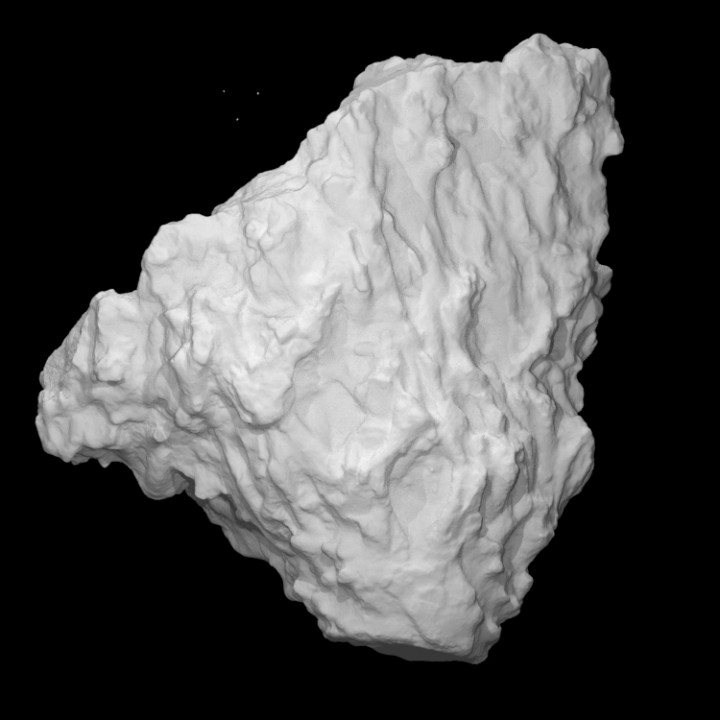
Crinoid - holdfast
myminifactory
Human: Model of a silurian crinoid holdfast, the root-like structure attaching these animals firmly to the sea floor. Found on Wenlock Edge, this remarkable specimen showcases the attachment mechanism of ancient crinoids. Crinoids are commonly referred to as sea lilies, yet they are actually animals, not plants. As echinoderms related to starfish, sea urchins, and brittle stars, crinoids share many traits with their phylum members. These shared characteristics include tube feet, radial symmetry, a water vascular system, and appendages coming in multiples of five (pentameral). Most Paleozoic crinoid species attached themselves securely to ocean floor substrates. Crinoids are renowned for their feathery, tentacle-like appendages that unfolded like flowers and captured food particles such as plankton. Although crinoids first appeared in the Ordovician period (488 million years ago), they survived the Permian mass extinction and diversified into hundreds of species still thriving today. Captured using a Canon 5DS R camera and Stackshot 3x with turntable, this high-resolution image is composed of 108 individual photos processed at high levels using Agisoft Photoscan. This remarkable object was scanned by Fossils in Shropshire.
With this file you will be able to print Crinoid - holdfast with your 3D printer. Click on the button and save the file on your computer to work, edit or customize your design. You can also find more 3D designs for printers on Crinoid - holdfast.
